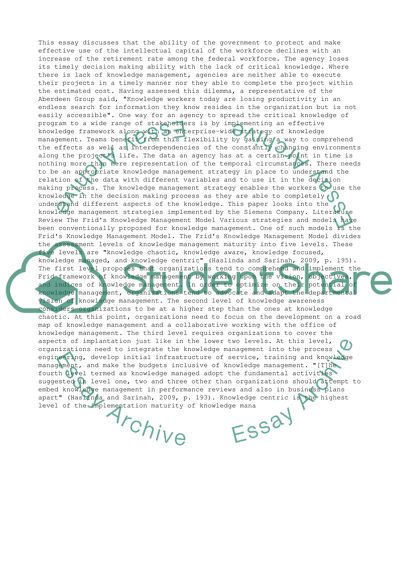Cite this document
(“Siemenss knowledge management strategy Essay Example | Topics and Well Written Essays - 2000 words”, n.d.)
Retrieved from https://studentshare.org/management/1396510-siemenss-knowledge-management-strategy
Retrieved from https://studentshare.org/management/1396510-siemenss-knowledge-management-strategy
(Siemenss Knowledge Management Strategy Essay Example | Topics and Well Written Essays - 2000 Words)
https://studentshare.org/management/1396510-siemenss-knowledge-management-strategy.
https://studentshare.org/management/1396510-siemenss-knowledge-management-strategy.
“Siemenss Knowledge Management Strategy Essay Example | Topics and Well Written Essays - 2000 Words”, n.d. https://studentshare.org/management/1396510-siemenss-knowledge-management-strategy.


